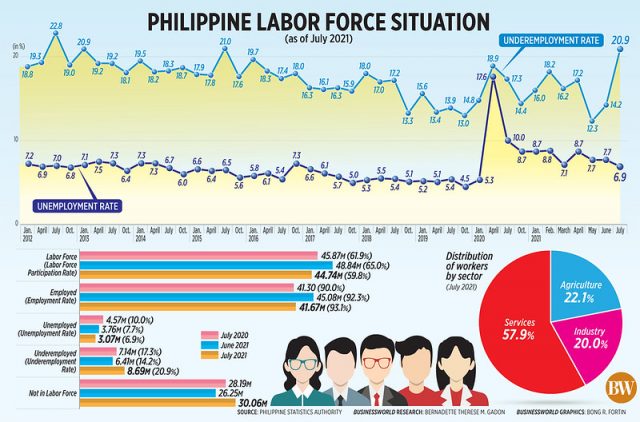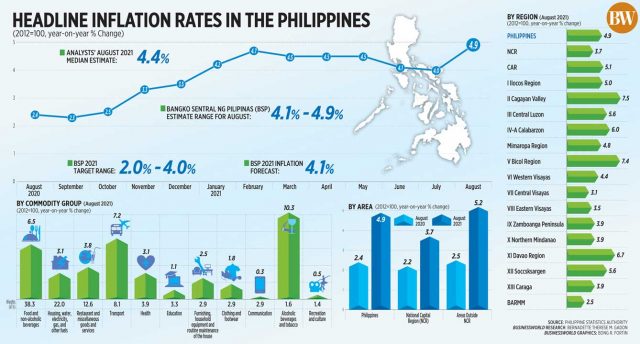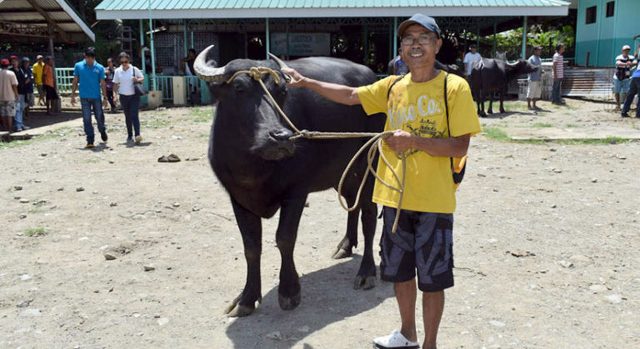THE PHILIPPINE Institute for Development Studies (PIDS) said the government needs to focus its investment on communities underserved by digital infrastructure to fill in for gaps in private-sector coverage.
“Government investment in digital infrastructure must target network segments and areas where the market fails to deliver, as shown in NICTHS findings. The government may also consider investing in areas where the private sector has difficulty competing and making a profit,” PIDS said in a policy brief on Tuesday.
It was referring to the National Information and Communications Technology Household Survey (NICTHS) conducted by the Department of Information and Communications Technology (DICT) in 2019.
Most Filipinos still rely on cellular mobile services for their internet connections due to poor, inaccessible and expensive internet service, especially outside Metro Manila, PIDS said.
It said cost and availability remain the biggest barriers to internet connectivity while a number of rural areas remain unserved by the private sector.
The NICTHS estimates that only 18% of households have internet connections. The National Capital Region (NCR) was the most connected while the Bangsamoro Autonomous Region in Muslim Mindanao and the Eastern Visayas are least connected.
Non-users of broadband cited high costs, the expense of devices, and unavailable service.
The survey found that a quarter of households own a communal phone, while 75% of individuals said they have at least one mobile phone. Only 24% of households own a computer and 66% a laptop. Half of those that do not own such devices do not use computers at all.
One in five barangays has no internet service, including several barangays in the NCR, while providers in the regions are highly concentrated in urban areas.
“Income levels in some barangays are likely not sufficient for households to subscribe regularly to broadband services” to a degree required to make internet services viable for providers, PIDS said.
Cellular signal, meanwhile, reaches 92% of barangays, most commonly 3G.
To address the digital divide, PIDS said the government should also support passive infrastructure by granting all service providers access to operator-neutral utilities corridors.
It said outdated laws are holding back the growth of internet service providers, including the Radio Control Law, which only allows telecommunications companies with legislative franchises to use the radio spectrum and set up wireless internet. The Public Service Act prohibits foreign companies from fully owning telecommunication companies in the Philippines.
“Therefore, the government should remove regulatory barriers and expand market opportunities to allow players to invest, build, and innovate, regardless of size, ownership and technology,” it said.
The two laws need to be amended to ease entry restrictions, while House Bill 8910 or the proposed Open Access in Data Transmission Act should be passed to allow more investors to set up broadband networks via shared infrastructure. — Beatrice M. Laforga
















